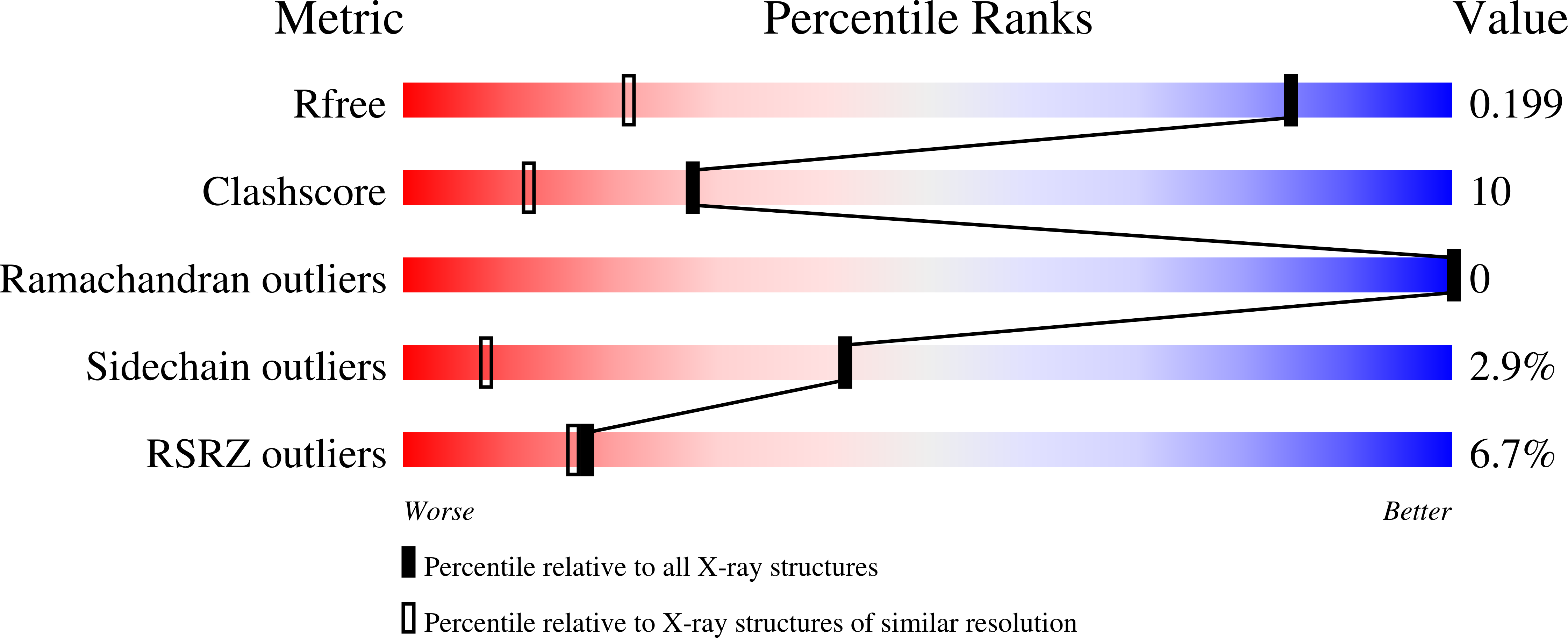
Deposition Date
2022-03-15
Release Date
2023-03-29
Last Version Date
2024-02-07
Entry Detail
PDB ID:
7Z7C
Keywords:
Title:
Broadly neutralizing DARPin bnD.8 in complex with the HIV-1 envelope variable loop 3 peptide V3 (BF520)
Biological Source:
Source Organism:
synthetic construct (Taxon ID: 32630)
Human immunodeficiency virus 1 (Taxon ID: 11676)
Human immunodeficiency virus 1 (Taxon ID: 11676)
Host Organism:
Method Details:
Experimental Method:
Resolution:
1.22 Å
R-Value Free:
0.19
R-Value Work:
0.14
R-Value Observed:
0.14
Space Group:
C 1 2 1


